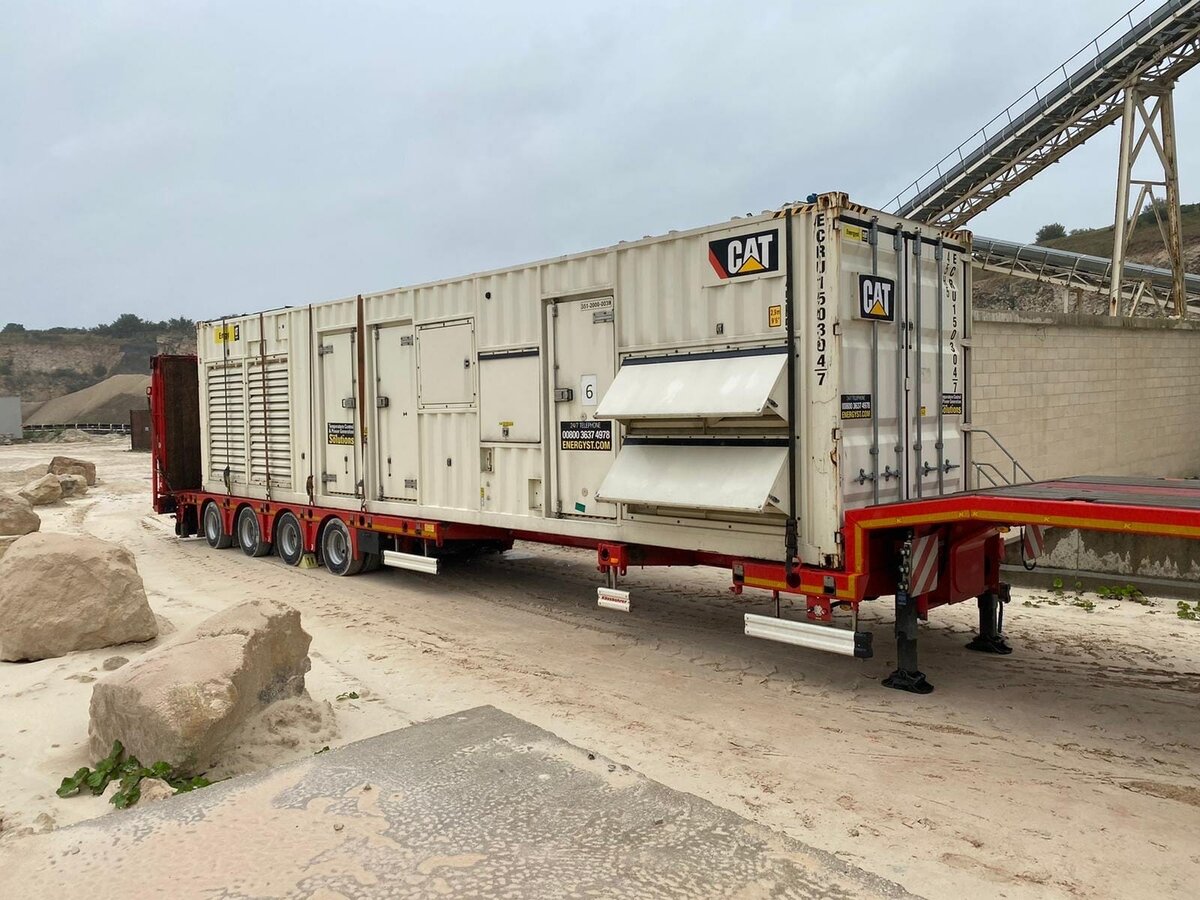While it’s recommended to change the oil in your car at regular intervals, it is possible to drive it longer than the advised distance before having it changed. However, running a temporary genset on a light load or without regular maintenance will inevitably shorten its lifespan and can lead to unscheduled downtime. Here, Dean Harris, Account Manager at Energyst UK & Ireland, explains the importance of efficiency when renting a genset and offers tips on how to find the sweet spot.
When selecting a genset to rent, each machine will be designed to provide power in the most efficient way. Depending on your site and power requirements, every unit will have a workload-to-fuel-consumption ratio where you can get the most out of your asset while minimising operating costs. Often, a unit will cost a lot more in fuel than to rent, and these expenses become clear if the generator is being hired for a long-term project. For example, in critical facilities like hospitals and data centres, the effects of increased consumption can become apparent very quickly unless the source is addressed.
Simply measuring consumption in litres per hour may look like an easy way of comparing the efficiency of different gensets but finding the model that will be most profitable means looking deeper at the application and your power requirements. For example, logging more idle time during a shift means lower fuel consumption but this will not necessarily benefit your business because extra idle time simply wastes fuel, boosting costs over the machine’s lifecycle.
Why size matters
During the rental process, the risk is choosing a generator with the incorrect sizing for the application. Selecting a unit based on the start-up load and believing that the machine will constantly be running at 100 per cent load are both common mistakes that can have damaging consequences. Depending on the model, the engines will consume fuel at different rates and, because higher workloads will often burn fuel more efficiently anyway, you can often maximise diesel genset efficiency at the higher end of the load setting. In reality, you are more likely to run your genset at 70-75 per cent load.
By selecting a model based on the start-up load, you risk ending up with an oversized unit that runs below its designed load capacity for a significant time. Underloading will have an impact on your equipment and poses several risks, such as damaging your fuel economy by increasing consumption and reducing the machine’s efficiency. You also risk engine slobber, where unburned fuel and oil deposits leak from the exhaust manifold joints and clog up the engine. Another issue is wet stacking, which occurs when unburned fuel is exhausted from the combustion chamber and passes onto the exhaust system.
Making a start
You can achieve the efficiency sweet spot with your generator by digging deep, building a load profile and using this information to select your machine. The load profile will factor in the first load step as well as other parameters, including the motor and how much power it needs to start up and to keep running. A thorough load profile will tell you what you require at various stages in the cycle, giving you a holistic picture rather than having to base everything on the initial step loads.
Although selecting the genset can be a minefield, some rental partners like Energyst will ask for a load profile early on to ensure that you receive a generator suitable for your application and that will run efficiently while on your site. This will allow you to reduce fuel and maintenance costs long-term and prevent these costs adding to your rental charge.
Although you can’t keep running a generator like you would when the “check engine” light in your car turns on, by choosing the right size generator to rent you can prevent these issues early on.
For more information on renting a genset, visit https://www.finning.com/Energyst.





